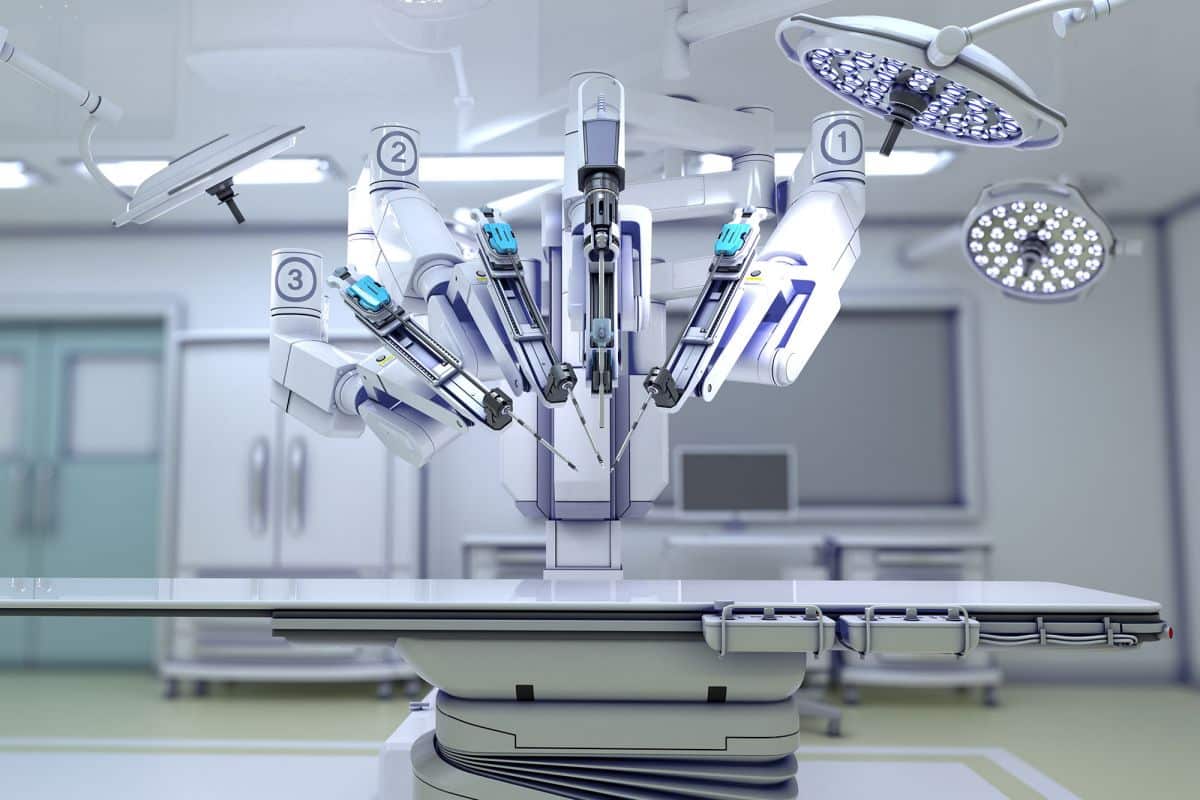Robots are removing wrinkles and machines are injecting fillers—the face of aesthetic medicine is changing.
Experts across the world believe artificial intelligence and robotics could take their industry to another level, reducing costs and opening procedures up to far more people. But, they also stress, there are limitations to what can be achieved in the field in general, especially when it comes to surgery.
Farhan Taghizadeh is an MD and facial plastic surgeon, with a faculty position at Creighton University, US, and chief medical officer at AVRA Medical Robotics. He said:
“This is the single biggest opportunity in aesthetics; the entire industry will be revolutionized. We have done a lot of research with leaders in AI and robotics, working with those like Kuka and others who are developing arms and algorithms, as well as companies developing sensors. Hair removal and tattoo removal; skin resurfacing; body shaping; vascular procedures; infusion of topical drugs into the skin; making channels in the skin for lightener or rejuvenation products—all of this will be robotized.”
He added:
“And for me, this is very exciting because there will be a democratization of access to these procedures.”
The Art of Surgery
When considering limitations, however, it is vital to differentiate between some procedures in aesthetic medicine and surgery. “The reality is that there isn’t much AI or robotics in aesthetic surgery today,” Taghizadeh stressed. “Some imaging systems and analytical tools in aesthetic surgical preparation have certainly benefited from AI modeling and we are seeing 3D printing of implants. But unlike urology, gynecology or general surgery, this field has been minimally visited by this technology.”

Taghizadeh suggested the many variations of surgical procedures make it difficult for AI algorithms to be employed. He said:
“Aesthetic surgery is complicated because there is a human art in it: it is not like picking out a gallbladder where everyone’s gall bladder is very similar.”
Michael Tyler, consultant plastic surgeon at hospitals in the UK, including Stoke Mandeville, and council member of the British Association of Aesthetic Plastic Surgeons (BAAPS) agreed:
“I think robotics will undoubtedly assist in what we do but I do not think it will ever replace the surgeon. It will help with technically difficult procedures and guide them in areas like symmetry, but there are too many variables in the human body; humans move and cough, for example.”
Moreover, patients will always require someone in charge. “I do not believe you will ever walk into a place, get strapped to a table, allow a machine to work on you and then walk out looking beautiful with exactly the face you wanted,” Tyler said.
An Emotional Response
The restrictions, Tyler said, also come down to the variations in our bodies and our emotional responses. AI works on predicting external outcomes and, while there are already programs doing this for procedures such as breast augmentation, it is more complicated for other operations.

Even if AI could determine the nose most people found to be the most attractive, it would not suit all faces. Tyler said:
“Predicting the outcome is much more difficult in rhinoplasty and far more difficult in a facelift because of tissue tension, as well as the skill of the surgeon. Furthermore, we are individuals, with thoughts and emotions, and we might look at that nose and say: ‘Yes it is an attractive nose but it is not what I want.’ When it comes to predicting the patient’s reaction you will always need that human to human interaction.”
An Economic Driver
When it comes to non-surgical procedures, however, the opportunities for growth driven by AI are exponential, according to Taghizadeh. “The compound annual growth rate (CAGR) of aesthetic medicine is growing somewhere in the order of 12 to 18% in the US and 22 to 25% globally,” he said.
“Botox, fillers, lasers, skin resurfacing, pigment management, acne care—we see the biggest gap between people desiring these procedures and the capacity of the industry to deliver them cost-effectively. In the US there is data to suggest upwards of 75 million Americans would consume these products and procedures but only 10 to 15 million are doing so.”

According to Taghizadeh, AI and robotics can find economies of scale:
“What AVRA Medical Robotics and our team have actually done is to do the economics first: how robots can reduce the actual unit cost of these procedures.”
Tattoo removal, for example, requires limited types of laser and settings, making them amenable to algorithmic programming. Taghizadeh added:
“So many people have been tattooed and now want to have them removed that there is more demand for the procedure than is economically reasonable at the moment. But having a robot remove a tattoo could be very reasonable, as you can reduce the variability and do large volumes. I see this as a reality within the next five years.”
Genetically our desire is for beauty and self-preservation, he stated, but this is restricted by socio-economic limits. “It is the Marie Antoinette syndrome where you have a very elite group of people who always get it and no one else does,” he added. “But to me, AI and robotics could be the ultimate democratizing force in the field of aesthetics. Instead of 90% watching and 10% getting these procedures done I want everyone be able to have them if they want them.”











